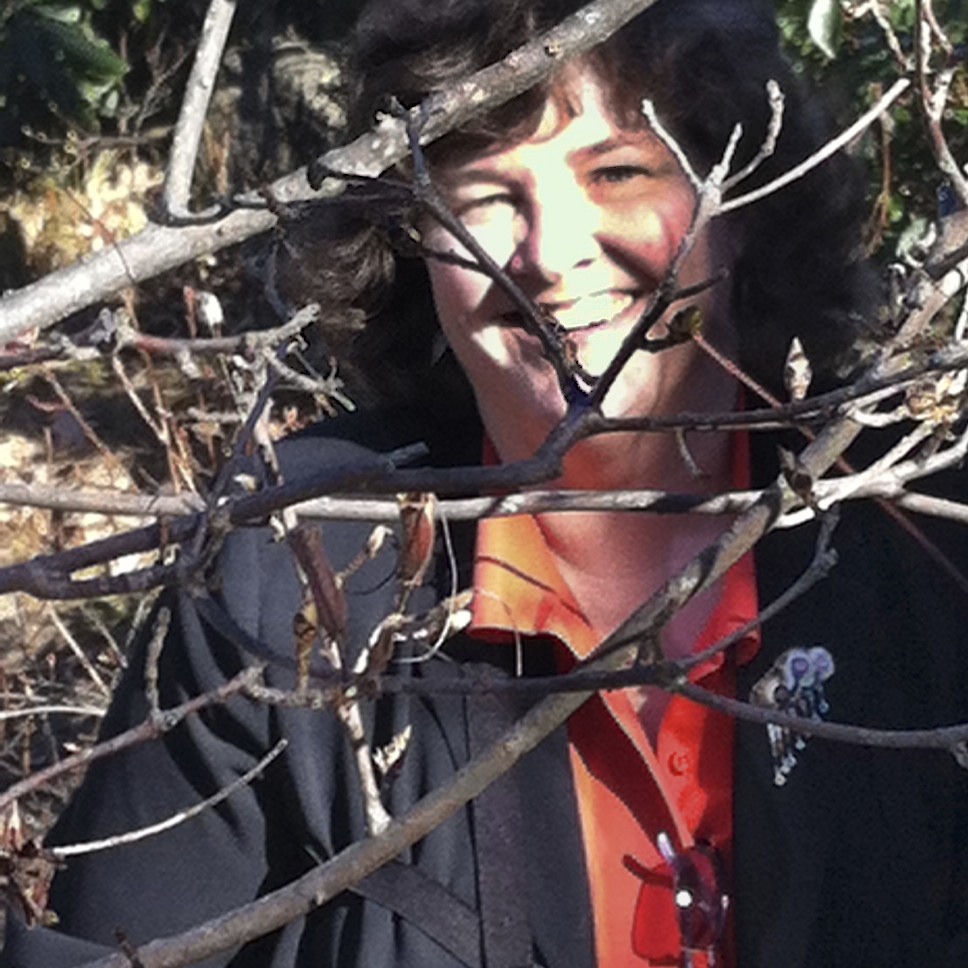More Than Useful Plants of the Cherokee
I spent all day yesterday in a symposium on Cherokee and the landscape. 12,000 years of history — each speaker with a focus on how Cherokee used, manipulated, cultivated and unintentionally impacted soil, water, terrain, and particularly plants.
Alfie Vick, from University of Georgia and Karen Hall from Clemson were the most plant based of the speakers. Hence my favorites.
Anyone who has a database of 759 plants associated with their scientific, English names, Iroquoian names, and every cultural uses he’s ever read any reference to, has my heart. For Arundinaria gigantea, Alfi referenced about 70 uses. Later, another great speaker Dr. David Cozzo added more to the list: baskets, art, cloth, cobbing, weapons, food, soil stabilization, animal feed, animal entrapment, fuel, candles….and an essay and videos on it from one of Alfie’s students who was on the road following the Trail of Tears.
Of course, in the past, before ‘relocation’ they had a LOT more plants to choose from, as their nation extended over many eco-zones from coastal rivers to mountain tops.
 Dr. Karen Hall, Clemson University Forestry Dept. has this cool blog called Chaotic Gardening and she kind gives us strict horticulturist a bit of a scolding. Well, that’s not fair, Karen is simply interested in plants as part of the world and culture rather than just plants. (But she loves plants — see the pic, I caught her crouched in a buckeye bush photographing) She with students and staff have built a garden on Clemson campus called the Cherokee Worldview Garden and works hard to insure that this topic, these people and the garden are not simply a part of history. This garden isn’t about plants or typical gardening skills, it isn’t only a history garden — it’s about how Cherokee people use, manipulate, cultivate and unintentionally impact soil, water, terrain, and particularly plants — today.
Dr. Karen Hall, Clemson University Forestry Dept. has this cool blog called Chaotic Gardening and she kind gives us strict horticulturist a bit of a scolding. Well, that’s not fair, Karen is simply interested in plants as part of the world and culture rather than just plants. (But she loves plants — see the pic, I caught her crouched in a buckeye bush photographing) She with students and staff have built a garden on Clemson campus called the Cherokee Worldview Garden and works hard to insure that this topic, these people and the garden are not simply a part of history. This garden isn’t about plants or typical gardening skills, it isn’t only a history garden — it’s about how Cherokee people use, manipulate, cultivate and unintentionally impact soil, water, terrain, and particularly plants — today.

